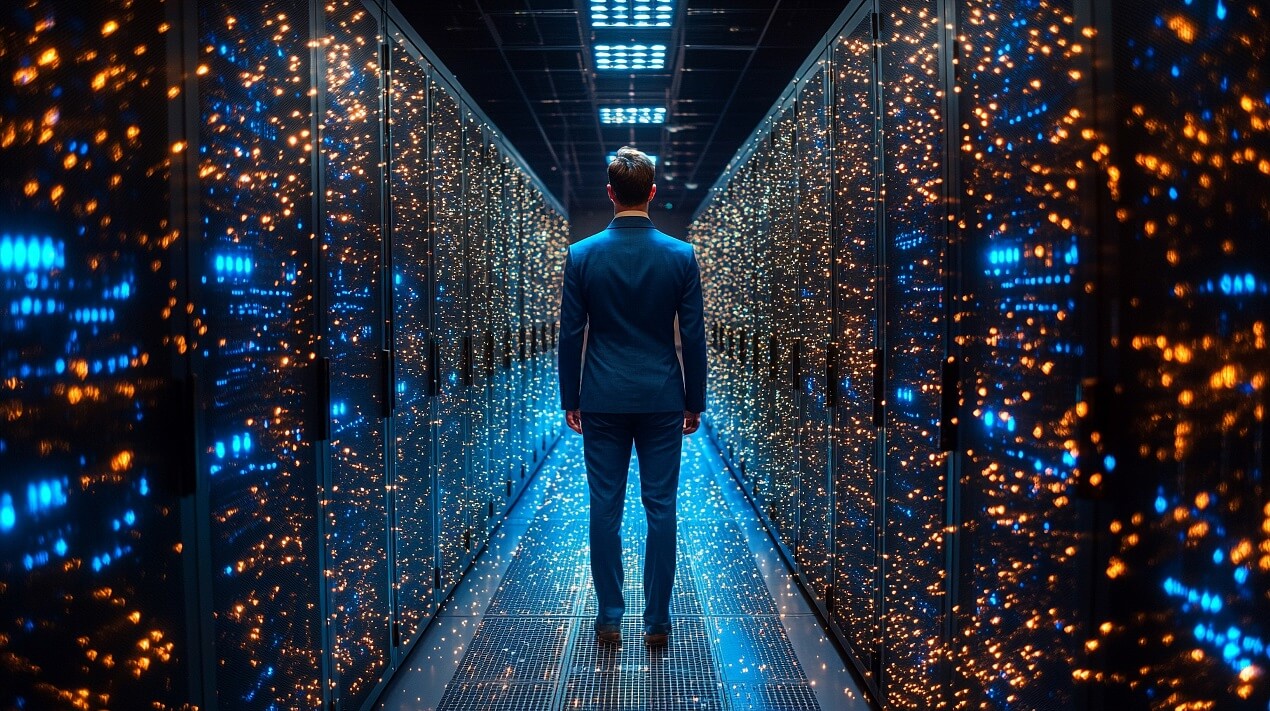In the midst of the AI era, data centers are reaching unprecedented levels of energy consumption. It is estimated that by 2030, they could account for up to 9% of the total electricity consumption in the United States—a growing pressure that threatens to overload the power grid and jeopardize essential services such as ATMs, air conditioning, and connectivity.
However, a team of researchers from Boston University, led by Professor Ayse Coskun, proposes a bold alternative: transforming data centers into dynamic assets of the electrical system, capable of adjusting their energy demand based on grid conditions without compromising their workload performance.
Data centers interacting with the grid
Since taking on her new role as Chief Scientist at Emerald AI, a startup specializing in energy orchestration software for AI data centers, Coskun has accelerated the transition from academic research to real-world testing in operational environments.
Emerald AI’s platform enables data centers to respond in real-time to signals from grid operators, adaptively reducing or shifting computational loads to ease energy demand during critical times. This technology results in what Coskun calls “AI-based Virtual Power Plants,” where data centers cease to be passive consumers and become active pillars of stability and energy efficiency.
“Two giant infrastructures are colliding: data centers and the electrical grid. We urgently need an intelligent interface between the two,” says Coskun.
From supercomputing to energy efficiency
For over a decade, Coskun has researched energy efficiency in multi-core processors and high-performance computing (HPC) environments. One of her key contributions was the development of EnergyQARE, an adaptive system allowing data centers to participate in grid balancing services without losing quality of service (QoS).
Later, together with Professor Ioannis Paschalidis and the PEACLab team, they designed demand response policies applicable even in HPC clusters, demonstrated through a working prototype at the Massachusetts Green High Performance Computing Center.
AI at the service of energy management
Coskun’s most recent work introduces machine learning models capable of forecast market conditions and dynamically planning load execution. In collaboration with her team, she has published proposals to coordinate distributed data centers that adjust their consumption based on QoS metrics and regional energy signals.
These solutions have proven effective in pilot tests. In a recent field test in Phoenix, Arizona, Emerald AI’s technology reduced a data center’s energy consumption by 25% during peak demand, without violating service level agreements (SLAs).
A key piece for the future of the grid
Emerald AI will soon participate in the Electric Power Research Institute’s (EPRI) DCFlex program, which aims to balance the electrical system through the flexibility of large industrial loads like data centers. The goal: establish a new operational framework where these centers not only consume but actively contribute to the stability and sustainability of the energy system.
“We are witnessing a paradigm shift,” concludes Coskun. “Data centers are no longer energy consumers; they are smart agents shaping the future of the electrical grid.”
In summary, the convergence of AI, cloud computing, and energy can no longer be ignored. Projects like those by Coskun and Emerald AI pave the way for a more efficient, resilient, and eco-friendly infrastructure, where performance and sustainability are not mutually exclusive but strategic allies.
source: Boston University

